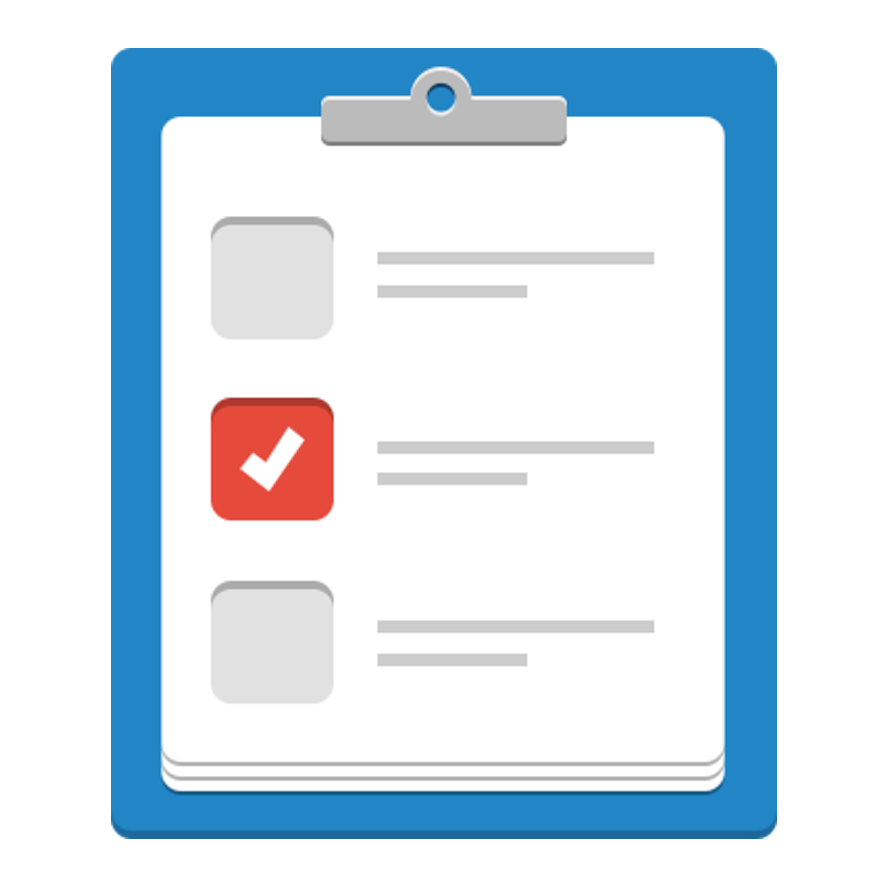Journal DRAFT Profile
Version: 0.1-DRAFT-2019_11_20 (09 May 2019)
Bioschemas profile, based on Biotea model, describing a Journal in Life Sciences. For markup purposes, we are keeping the schema:Periodical type so it will be easily recognized and parsed by search engines.
If you spot any errors or omissions with this type, please file an issue in our GitHub.
Key to specification table
- Green properties/types are proposed by Bioschemas, or indicate proposed changes by Bioschemas to Schema.org
- Red properties/types exist in the core of Schema.org
- Blue properties/types exist in the pending area of Schema.org
- Black properties/types are reused from external vocabularies/ontologies
CD = Cardinality
| Property | Expected Type | Description | CD | Controlled Vocabulary | Example |
|---|---|---|---|---|---|
| Marginality: Minimum. | |||||
| @context | URL | Used to provide the context (namespaces) for the JSON-LD file. Not needed in other serialisations. |
ONE | ||
| @type | Text | Schema.org/Bioschemas class for the resource declared using JSON-LD syntax. For other serialisations please use the appropriate mechanism. While it is permissible to provide multiple types, it is preferred to use a single type. |
MANY | Schema.org, Bioschemas | |
| @id | IRI | Used to distinguish the resource being described in JSON-LD. For other serialisations use the appropriate approach. | ONE | ||
| dct:conformsTo | IRI | Used to state the Bioschemas profile that the markup relates to. The versioned URL of the profile must be used. Note that we use a CURIE in the table here but the full URL for Dublin Core terms must be used in the markup (http://purl.org/dc/terms/conformsTo), see example. |
ONE | Bioschemas profile versioned URL | |
| issn |
Text |
Schema: The International Standard Serial Number (ISSN) that identifies this serial publication. You can repeat this property to identify different formats of, or the linking ISSN (ISSN-L) for, this serial publication. Bioschemas: We recommend to use here the form namespace:id in order to distinguish printed from electronical ISSNs. For instance, issn-e:2041-1480 for the electronic online version or issn-p:0003-4819 for the printed version |
ONE | ||
| name |
Text |
Schema: The name of the item. Bioschemas: Title/name of the journal. |
ONE | ||
| Marginality: Recommended. | |||||
| hasPart |
PublicationIssue PublicationVolume ScholarlyArticle |
Schema: Indicates an item or CreativeWork that is part of this item, or CreativeWork (in some sense). Inverse property: isPartOf. Bioschemas: A Journal has part a PublicationVolume or PublicationIssue or ScholaryArticle. We recommend to at least include the highest level ‘hasPart’, e.g., PublicationVolume. It is also possible, i.e., optional, to ‘hasPart’ to link as well directly to PublicationIssue and ScholarlyArticle, making it easier to find articles in this journal. |
MANY | ||
| keywords |
Text |
Schema: Keywords or tags used to describe this content. Multiple entries in a keywords list are typically delimited by commas. |
ONE | ||
| license |
CreativeWork URL |
Schema: A license document that applies to this content, typically indicated by URL. |
ONE | ||
| publisher |
Organization Person |
Schema: The publisher of the creative work. |
MANY | ||
| url |
URL |
Schema: URL of the item. |
ONE | ||
| Marginality: Optional. | |||||
| about |
Thing |
Schema: The subject matter of the content. Inverse property: subjectOf. Bioschemas: Describes what this Journal is about. |
MANY | ||
| alternateName |
Text |
Schema: An alias for the item. Bioschemas: While name should be used for the official Journal name, abbreviations and others can be included here. |
MANY | ||
| editor |
Person |
Schema: Specifies the Person who edited the CreativeWork. Bioschemas: Journal editor, whenever possible please use the ORCID URL as persistent, unique, global identifier. |
MANY | ||
| identifier |
PropertyValue Text URL |
Schema: The identifier property represents any kind of identifier for any kind of Thing, such as ISBNs, GTIN codes, UUIDs etc. Schema.org provides dedicated properties for representing many of these, either as textual strings or as URL (URI) links. See background notes for more details. Bioschemas: Mainly used by journal catalogs to record their own internal identifier. For instance, the National Library of Medicine assigns the identifier 101531992 to the issn-e:2041-1480 Journal. |
ONE | ||
| inLanguage |
Language Text |
Schema: The language of the content or performance or used in an action. Please use one of the language codes from the IETF BCP 47 standard. See also availableLanguage. Supersedes language. |
MANY | ||
| isAccessibleForFree |
Boolean |
Schema: A flag to signal that the item, event, or place is accessible for free. Supersedes free. |
ONE | ||
| publishingPrinciples |
CreativeWork URL |
Schema: The publishingPrinciples property indicates (typically via URL) a document describing the editorial principles of an Organization (or individual e.g. a Person writing a blog) that relate to their activities as a publisher, e.g. ethics or diversity policies. When applied to a CreativeWork (e.g. NewsArticle) the principles are those of the party primarily responsible for the creation of the CreativeWork. While such policies are most typically expressed in natural language, sometimes related information (e.g. indicating a funder) can be expressed using schema.org terminology. |
ONE | ||
| sameAs |
URL |
Schema: URL of a reference Web page that unambiguously indicates the item’s identity. E.g. the URL of the item’s Wikipedia page, Wikidata entry, or official website. Bioschemas: Another possible URL for journals is the ISSN portal, for instance, the page https://portal.issn.org/resource/ISSN/2041-1480 corresponds to the Journal issn_p:2041-1480 |
MANY | ||
Journal DRAFT Profile
Version: 0.1-DRAFT-2019_11_20 (09 May 2019)
Bioschemas profile, based on Biotea model, describing a Journal in Life Sciences. For markup purposes, we are keeping the schema:Periodical type so it will be easily recognized and parsed by search engines.
If you spot any errors or omissions with this type, please file an issue in our GitHub.
Key to specification table
- Green properties/types are proposed by Bioschemas, or indicate proposed changes by Bioschemas to Schema.org
- Red properties/types exist in the core of Schema.org
- Blue properties/types exist in the pending area of Schema.org
- Black properties/types are reused from external vocabularies/ontologies
CD = Cardinality
| Property | Expected Type | Description | CD | Controlled Vocabulary | Example |
|---|---|---|---|---|---|
| Marginality: Minimum. | |||||
| @context | URL | Used to provide the context (namespaces) for the JSON-LD file. Not needed in other serialisations. |
ONE | ||
| @type | Text | Schema.org/Bioschemas class for the resource declared using JSON-LD syntax. For other serialisations please use the appropriate mechanism. While it is permissible to provide multiple types, it is preferred to use a single type. |
MANY | Schema.org, Bioschemas | |
| @id | IRI | Used to distinguish the resource being described in JSON-LD. For other serialisations use the appropriate approach. | ONE | ||
| dct:conformsTo | IRI | Used to state the Bioschemas profile that the markup relates to. The versioned URL of the profile must be used. Note that we use a CURIE in the table here but the full URL for Dublin Core terms must be used in the markup (http://purl.org/dc/terms/conformsTo), see example. |
ONE | Bioschemas profile versioned URL | |
| issn |
Text |
Schema: The International Standard Serial Number (ISSN) that identifies this serial publication. You can repeat this property to identify different formats of, or the linking ISSN (ISSN-L) for, this serial publication. Bioschemas: We recommend to use here the form namespace:id in order to distinguish printed from electronical ISSNs. For instance, issn-e:2041-1480 for the electronic online version or issn-p:0003-4819 for the printed version |
ONE | ||
| name |
Text |
Schema: The name of the item. Bioschemas: Title/name of the journal. |
ONE | ||
| Marginality: Recommended. | |||||
| hasPart |
PublicationIssue PublicationVolume ScholarlyArticle |
Schema: Indicates an item or CreativeWork that is part of this item, or CreativeWork (in some sense). Inverse property: isPartOf. Bioschemas: A Journal has part a PublicationVolume or PublicationIssue or ScholaryArticle. We recommend to at least include the highest level ‘hasPart’, e.g., PublicationVolume. It is also possible, i.e., optional, to ‘hasPart’ to link as well directly to PublicationIssue and ScholarlyArticle, making it easier to find articles in this journal. |
MANY | ||
| keywords |
Text |
Schema: Keywords or tags used to describe this content. Multiple entries in a keywords list are typically delimited by commas. |
ONE | ||
| license |
CreativeWork URL |
Schema: A license document that applies to this content, typically indicated by URL. |
ONE | ||
| publisher |
Organization Person |
Schema: The publisher of the creative work. |
MANY | ||
| url |
URL |
Schema: URL of the item. |
ONE | ||
| Marginality: Optional. | |||||
| about |
Thing |
Schema: The subject matter of the content. Inverse property: subjectOf. Bioschemas: Describes what this Journal is about. |
MANY | ||
| alternateName |
Text |
Schema: An alias for the item. Bioschemas: While name should be used for the official Journal name, abbreviations and others can be included here. |
MANY | ||
| editor |
Person |
Schema: Specifies the Person who edited the CreativeWork. Bioschemas: Journal editor, whenever possible please use the ORCID URL as persistent, unique, global identifier. |
MANY | ||
| identifier |
PropertyValue Text URL |
Schema: The identifier property represents any kind of identifier for any kind of Thing, such as ISBNs, GTIN codes, UUIDs etc. Schema.org provides dedicated properties for representing many of these, either as textual strings or as URL (URI) links. See background notes for more details. Bioschemas: Mainly used by journal catalogs to record their own internal identifier. For instance, the National Library of Medicine assigns the identifier 101531992 to the issn-e:2041-1480 Journal. |
ONE | ||
| inLanguage |
Language Text |
Schema: The language of the content or performance or used in an action. Please use one of the language codes from the IETF BCP 47 standard. See also availableLanguage. Supersedes language. |
MANY | ||
| isAccessibleForFree |
Boolean |
Schema: A flag to signal that the item, event, or place is accessible for free. Supersedes free. |
ONE | ||
| publishingPrinciples |
CreativeWork URL |
Schema: The publishingPrinciples property indicates (typically via URL) a document describing the editorial principles of an Organization (or individual e.g. a Person writing a blog) that relate to their activities as a publisher, e.g. ethics or diversity policies. When applied to a CreativeWork (e.g. NewsArticle) the principles are those of the party primarily responsible for the creation of the CreativeWork. While such policies are most typically expressed in natural language, sometimes related information (e.g. indicating a funder) can be expressed using schema.org terminology. |
ONE | ||
| sameAs |
URL |
Schema: URL of a reference Web page that unambiguously indicates the item’s identity. E.g. the URL of the item’s Wikipedia page, Wikidata entry, or official website. Bioschemas: Another possible URL for journals is the ISSN portal, for instance, the page https://portal.issn.org/resource/ISSN/2041-1480 corresponds to the Journal issn_p:2041-1480 |
MANY | ||






